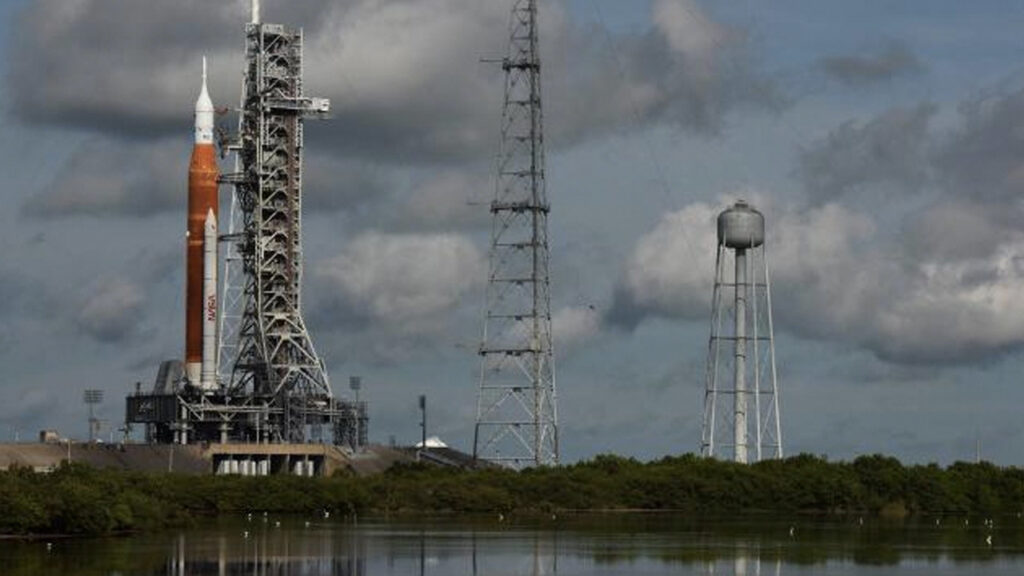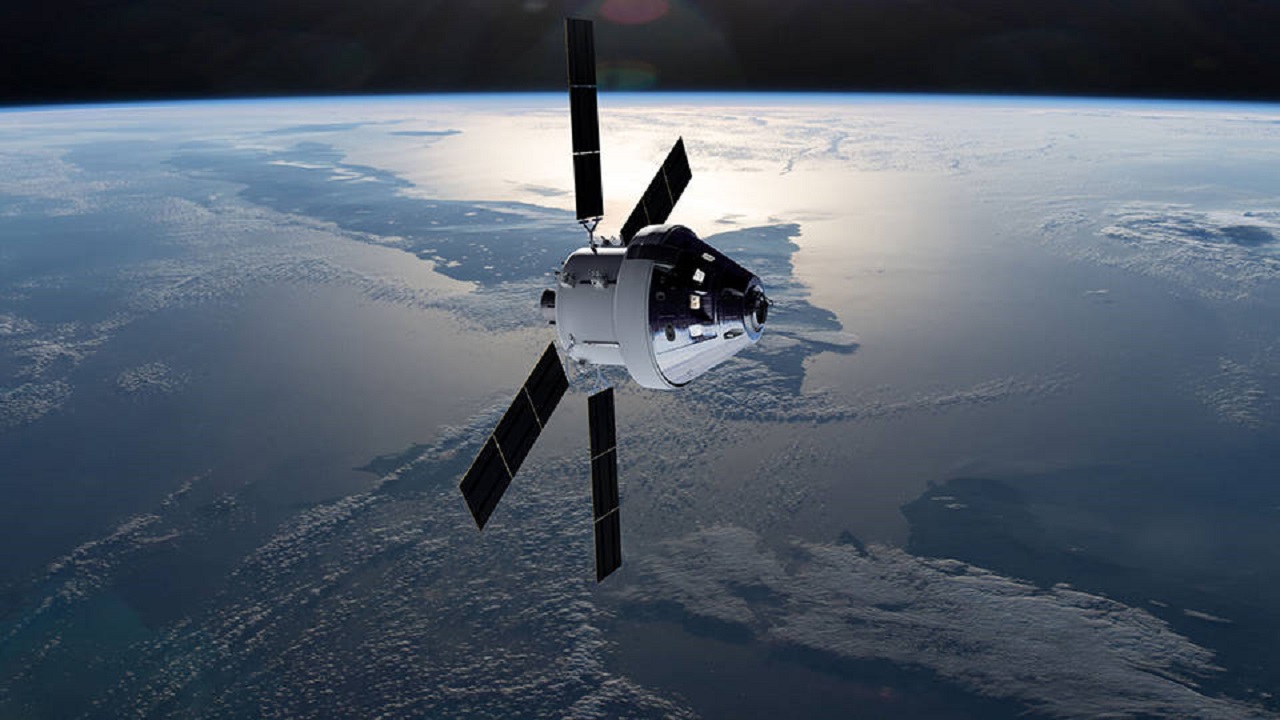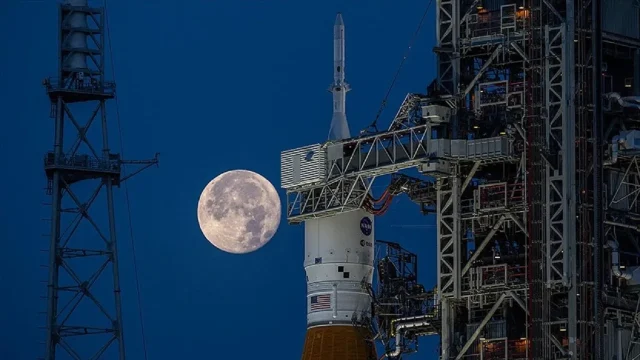NASA will make a crewed landing on the Moon for the first time in nearly 50 years. The space agency is meticulously preparing for the Artemis mission. Once there, astronauts will take breathtaking photos of the Moon with NASA’s state-of-the-art cameras. Then they will share it with the whole world. NASA is testing its new lunar camera for exactly this mission. Here are the details…
NASA is testing cameras for the Artemis mission!
It’s easy to say that after almost 50 years, NASA will send a crew for the Moon mission. Preparations continue at full speed. As part of the preparations, astronauts are currently testing a brand new “lunar camera” over moon-like landscapes in Lanzarote, Spain.

When the astronauts arrive there after a long time, they will record their adventures with new cameras. Additionally, this specially designed camera will deliver image quality far superior to that captured during the Apollo missions nearly fifty years ago.
The development of the device was assisted by the European Space Agency ESA. According to the European Space Agency, the new Handheld Universal Lunar Camera (HULC) will be ready for professional use. Additionally, these devices are made from mirrorless cameras and cutting-edge lenses. Thus, astronauts will take both astonishing images and videos of the Moon.
NASA engineers went to great lengths to insulate the camera from the extreme temperatures of space, as well as from dangerous lunar dust. The device allows astronauts to operate it using space gloves. Additionally, engineers placed the camera inside a protective fabric casing that contains a series of specially designed buttons.
Thomas Pesquet is also in this team. We remember him from the breathtaking Earth photographs he took from the International Space Station. During tests in Lanzarote, Pesquet, NASA astronaut candidate Jessica Wittner, and Takuya Onishi of the Japanese space agency simulated the harsh conditions the new camera would encounter on the moon. To do this, they used the camera both in daylight and in dark volcanic caves.
“The lunar camera will be one of the many tools they will need to use on the moon. So it has to be easy to use. The human factor is very important to us. Because you want the camera to be intuitive and not tire out the crew,” Jeremy Myers, NASA’s HULC camera lead, said in an article on ESA’s website. .” said.














